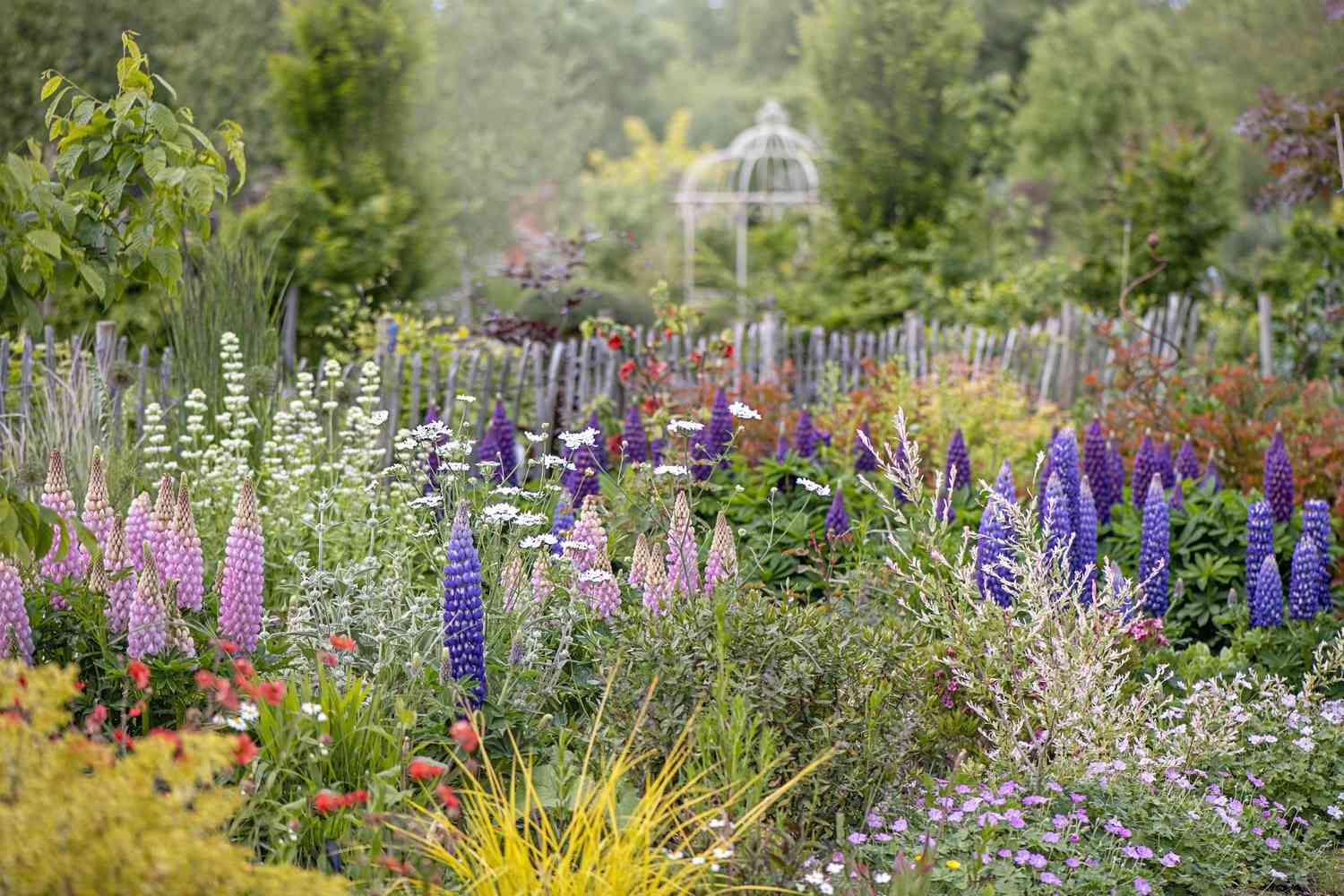Growing your own vegetables in your backyard is not only rewarding but also a great way to ensure you have fresh, healthy produce at your fingertips. Whether you’re a seasoned gardener or just starting, selecting the right vegetables to grow can make all the difference in your garden’s success. This article explores the best vegetables to grow in your backyard, focusing on those that are easy to grow, productive, and well-suited for a home garden.

Tomatoes: The Garden Staple
Why Grow Tomatoes?
Tomatoes are a favorite among backyard gardeners, and for good reason. They’re versatile, easy to grow, and offer a high yield, making them a staple in many gardens. Additionally, tomatoes come in a variety of types, from cherry tomatoes to beefsteak varieties, providing options for different culinary uses.
Growing Tips
To grow healthy tomatoes, choose a sunny spot in your garden, as tomatoes need at least 6-8 hours of sunlight daily. Moreover, ensure your soil is rich in organic matter and well-drained. To add on, staking or caging your tomato plants will help support their growth and prevent them from sprawling on the ground, thus reducing the risk of diseases.
Carrots: A Root Vegetable Favorite
Why Grow Carrots?
Carrots are another excellent choice for backyard gardens. They’re easy to grow, nutritious, and can be harvested throughout the growing season. Furthermore, carrots thrive in cooler weather, making them a great option for spring and fall gardens.
Growing Tips
Carrots prefer loose, well-drained soil, free from rocks and debris that could cause the roots to become misshapen. To add on, sow carrot seeds directly into the soil, as they do not transplant well. Additionally, keep the soil consistently moist to ensure proper germination and root development. Thin out seedlings to allow enough space for the carrots to grow to their full size.
Lettuce: The Quick and Easy Green
Why Grow Lettuce?
Lettuce is one of the fastest-growing vegetables, making it perfect for gardeners looking for quick results. Moreover, lettuce can be grown in small spaces, including containers, making it ideal for those with limited garden space. Additionally, lettuce varieties are abundant, ranging from crisphead to loose-leaf types, offering diversity in taste and texture.
Growing Tips
Lettuce grows best in cooler weather and partial shade. Plant seeds directly in the soil and keep them moist. Furthermore, to extend your lettuce harvest, consider planting seeds in succession every two weeks. Thus, you’ll have a continuous supply of fresh greens throughout the season.
Relax After Gardening with an Online Mobile Casino
After a fulfilling day in the garden, there’s nothing like winding down with some light entertainment. An online mobile casino offers a fun and convenient way to enjoy your downtime without leaving the comfort of your garden space. With smooth gameplay and easy mobile access, it’s perfect for quick breaks or evening relaxation. It’s a refreshing way to balance outdoor activity with digital leisure.
Zucchini: A High-Yield Vegetable
Why Grow Zucchini?
Zucchini is known for its high yield, making it a great choice for gardeners looking to maximize their harvest. A single plant can produce a large number of fruits throughout the growing season, and zucchini is versatile in the kitchen, suitable for grilling, baking, and stir-frying.
Growing Tips
Zucchini plants thrive in full sun and well-drained soil. To add on, give them plenty of space to spread out, as the plants can grow quite large. Moreover, regular watering is essential, especially during dry spells, to prevent the fruits from becoming bitter. Harvest zucchini when they are small to medium-sized for the best flavor and texture.
Green Beans: A Versatile Crop
Why Grow Green Beans?
Green beans are easy to grow and highly productive, making them a popular choice for backyard gardens. They come in bush and pole varieties, giving you options depending on the space available. Moreover, green beans are rich in nutrients and can be eaten fresh, canned, or frozen.
Growing Tips
Green beans prefer full sun and well-drained soil. Sow seeds directly into the ground after the last frost. To add on, if you’re growing pole beans, provide a trellis or support structure for the vines to climb. Furthermore, regular harvesting encourages the plants to produce more beans throughout the season.
Peppers: A Spicy or Sweet Choice
Why Grow Peppers?
Peppers, whether hot or sweet, are excellent additions to any backyard garden. They’re relatively easy to grow and are highly productive, offering a wide range of flavors, colors, and heat levels. Additionally, peppers are great for adding flavor to various dishes and can be preserved through drying or pickling.
Growing Tips
Peppers thrive in warm weather and need plenty of sunlight. Plant them in well-drained soil with lots of organic matter. Moreover, water consistently to keep the soil moist but not waterlogged. Additionally, peppers benefit from regular fertilization throughout the growing season to support fruit production.
The Rhythms of Seasonal Garden Planning
A thriving garden is the result of careful, proactive planning that respects the annual cycles of planting, growth, and harvesting, ensuring a strong yield when the season arrives. We provide expert schedules and advice for preparing your soil and selecting seeds for maximum success. The anticipation of seasonal success is similar to the excitement and planning involved in following the football season and activities like nfl betting. Visit Harris Gardens for the resources to make your next season a success.
Conclusion
In conclusion, growing your own vegetables in your backyard is a fulfilling experience that provides fresh produce and a sense of accomplishment. The vegetables listed above—tomatoes, carrots, lettuce, zucchini, green beans, and peppers—are some of the best choices for a backyard garden. They are easy to grow, highly productive, and offer a variety of culinary uses. By following the growing tips provided, you can enjoy a bountiful harvest and the satisfaction of growing your own food. Happy gardening!











